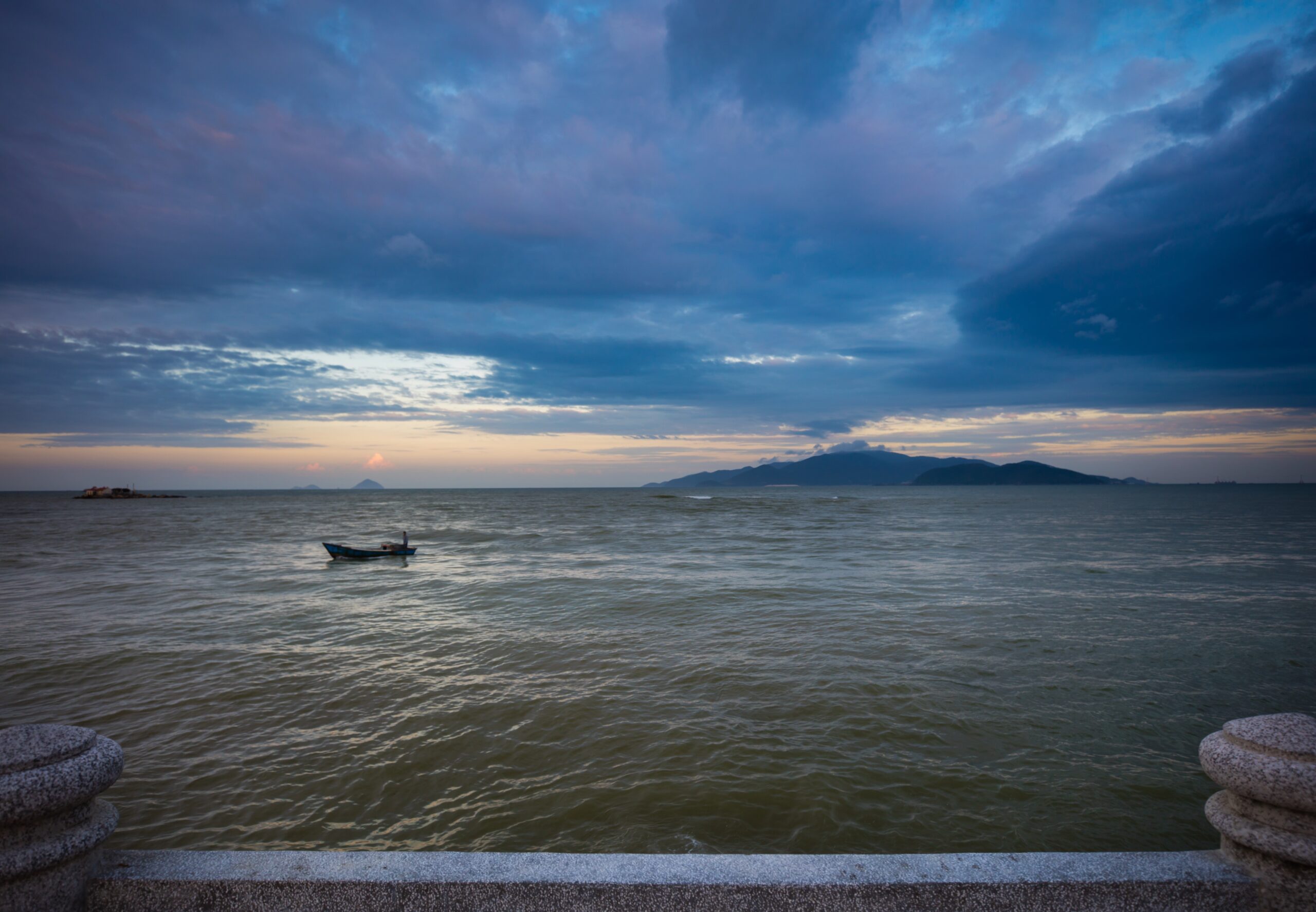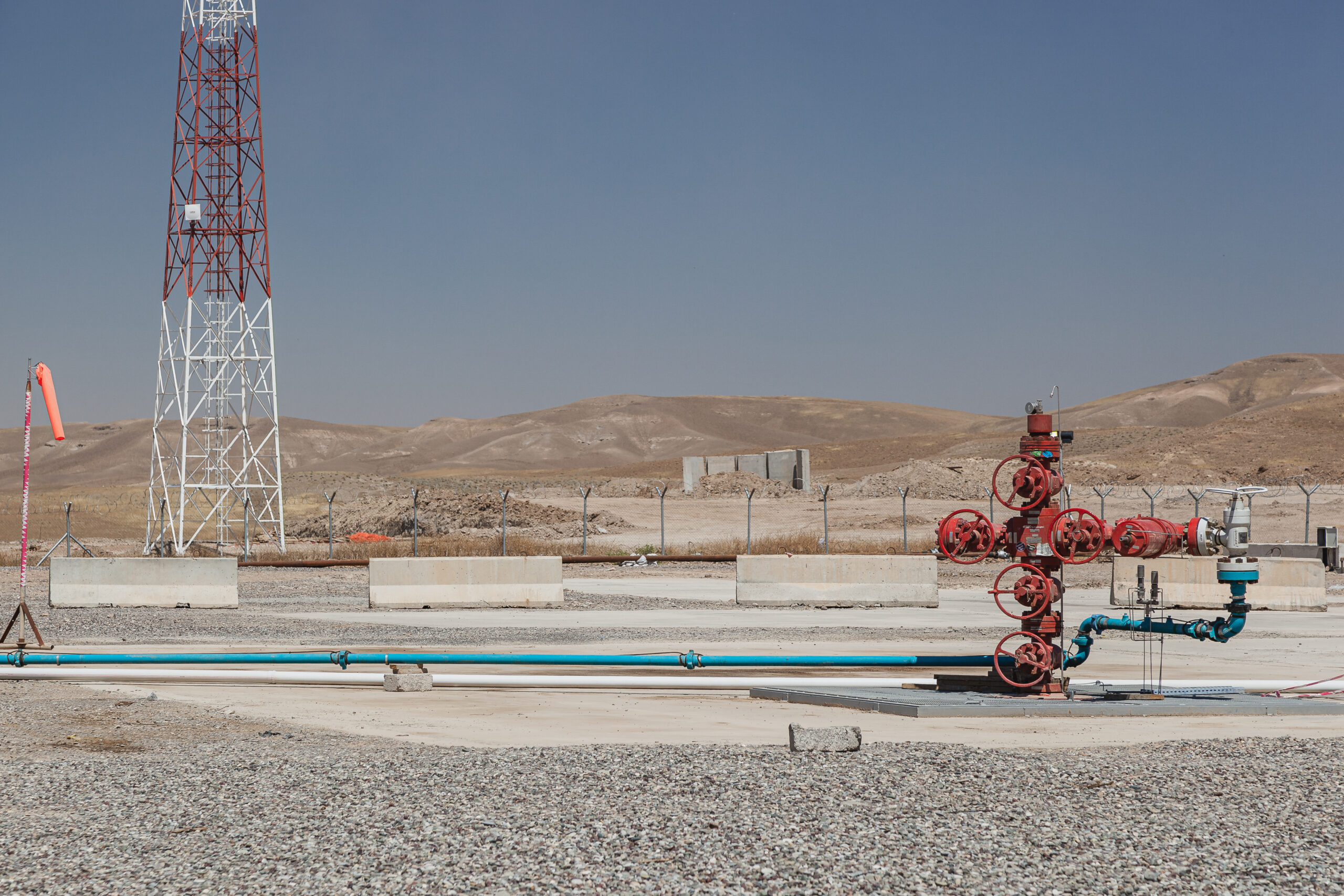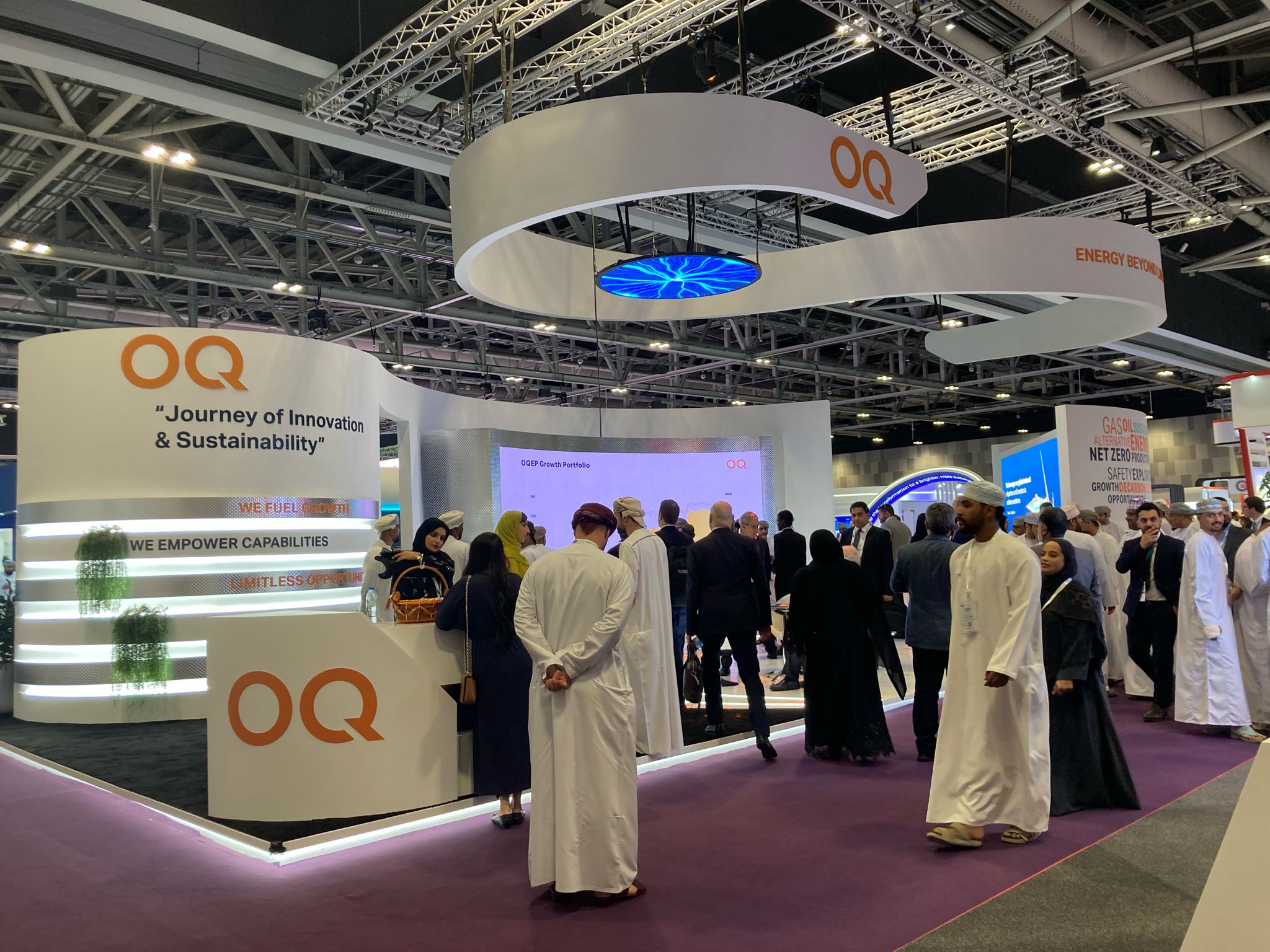China thwarts Vietnam’s gas production targets in South China Sea
Beijing’s actions in the South China Sea could derail Vietnam’s national energy plan, which aims to more than double electricity generation capacity.

Tensions between China and Vietnam are heating up again in the hotly-contested South China Sea. This time it could have even greater ramifications than just geopolitical and territorial disagreements. It could also impact Vietnam’s plan to develop more of its own offshore gas reserves needed to offset chronic power supply shortages and fuel its growing economy.
On Feb. 20th, China Coast Guard Ship (CCS) 5901, the world’s largest coast guard vessel, spanning over 165 meters and displacing 12,000 tons, returned to waters near Vanguard Bank in the South China Sea where Vietnam operates several key oil and gas fields. Notably, the area is clearly within Vietnam’s own UN-mandated 200-nautical mile exclusive economic zone (EEZ).
A Radio Free Asia report described CCS 5901 as a “monster ship conducting intrusive patrols among Vietnam’s offshore oil and gas fields,” while it was also being shadowed by Vietnam’s fisheries surveillance vessel Kiem Ngu 261.
While Chinese vessels illegally entering Vietnamese territorial waters isn’t anything new, it could derail the country’s national energy plan, called Power Development Plan 8 (PDP8), that was approved last May after several years of delay. That plan aims to more than double the maximum power that Vietnam can generate to 150 GW by 2030.
Domestic gas production
PDP8 also calls for a drastic shift away from new coal fired power plants by 2030, while expanding both gas and LNG usage to some 25 percent of generating capacity.
LNG imports are projected to increase from zero currently to meeting nearly 15 percent of the country’s energy needs by 2030.
However, in a pivot from earlier energy plans, domestically produced gas is prioritised over LNG. It’s expected to jump nearly 65 percent to 15 GW by 2030.
PDP8 also earmarks that domestic gas production make up between 5.5 billion and 15 billion cubic meters (cu m)/year by 2030. This will be increased to 10 billion-15 billion cu m/ year by 2050.
A recent S&P Global report said that the wide target is mainly due to uncertainty around two major upstream gas projects, Block B and ExxonMobil’s Ca Voi Xanh (Blue Whale Project). The plan focuses on development of both flagship projects for energy security. Neither of these two projects are located in Vanguard Bank.
However, offshore gas development could likely incur even more interference from China under the guise of its Coast Guard and Maritime Militia. China has the largest coast guard fleet in the world that surpasses the navies of its neighbours combined in ships and tonnage.
Chinese meddling
Over the past several years, Chinese pressure has caused Vietnam and its foreign partners, including Madrid-based Repsol and Russian energy company Rosneft, to stop offshore oil and gas exploration and production (E&P) in Vietnam’s EEZ.
In 2020, the Vietnamese government coughed up some US$1 billion to compensate international oil companies after cancelling their contracts in the disputed region over pressure from China, The Diplomat reported.
Just how Chinese intrusion into Vietnamese waters could play out in the future is subject to varying opinions.
Carl Thayer, emeritus professor at the University of New South Wales, and an expert in Southeast Asian geopolitics, told Gas Outlook that China and Vietnam appear to have reached an informal understanding on oil and gas exploration in waters off northern and central Vietnam where China’s nine-dash line overlaps with Vietnam’s EEZ.
Beijing’s so-called nine-dash line is a map demarcation that China uses to claim near-total jurisdiction over the South China Sea. It’s disputed by all other South China Sea claimants, including Vietnam, the Philippines, Malaysia, Indonesia, Taiwan and Brunei.
“Under this understanding both sides will tolerate oil and gas E&P on their side of a hypothetical median line,” he said. “This understanding does not preclude public protests nor the occasional intrusion of CCG and Chinese survey ships into Vietnam’s EEZ.”
However, that informal understanding doesn’t include contested waters near Vanguard Bank off the southeastern coast of Vietnam, Thayer said.
As such, China’s Vanguard Bank strategy remains a wild-card, adding another layer of complexity and making gas development projections nearly impossible.
Thayer added that China “has made it crystal clear that it opposes foreign involvement in oil and gas E&P in waters comprising the Spratly group of islands.
The Spratly islands are also in the South China Sea. China, Vietnam, the Philippines, and Taiwan claim the entire Spratly island group, while Brunei and Malaysia claim part of the islands.
Adding muscle to its position, China has submitted a Draft South China Sea Negotiating Text that is currently under consideration to reinforce its Spratly island stance. In part, it states that “oil and gas exploration and development in disputed waters shall be carried out through coordination and cooperation among the littoral states to the South China Sea, and shall not be conducted in cooperation with companies from countries outside the region.”
This insistence by Beijing has also apparently had a chilling impact on new oil and gas exploration activities in the waters near Vanguard Bank, Thayer explained.
Possible solutions
However, Vietnam has a few possible solutions to offset Chinese interference with its energy development. The first way out is the realisation that the country simply won’t be able to fully develop its own offshore gas resources. Vietnam has been thwarted in the past by China and likely will again, while China’s future level of Vanguard Bank intervention is an even greater unknown.
Vietnam’s second solution is contingent on the first, to develop its renewables energy sector, particularly offshore wind power, even more.
Vietnam leads the Southeast Asia region in renewable energy development, with hydropower, onshore and nearshore wind, and solar slated to make up 50 percent of its power mix by as early as 2030. Currently, Vietnam produces two-thirds of all Association of Southeast Asian Nations (ASEAN) solar and wind power generation.
Vietnam also has significant offshore wind potential, particularly in the south, with some 475 GW of technical potential within 200 km of its coast. This marks the largest potential in Southeast Asia and equal to about six times Vietnam’s 2021 installed power capacity. The country boasts a massive coastline of some 3,260 km, stretching from Mong Cai in the North to Ha Tien in the Southwest.
Moreover, additional investment in Vietnam’s offshore wind power sector would not only remove considerable geopolitical tension with China, but would help the country more quickly rein in carbon emissions from its fossil-fuel intensive power sector on its path to reach net zero 2050.



